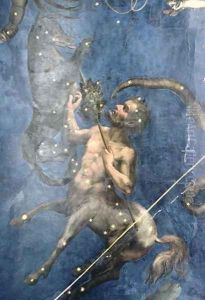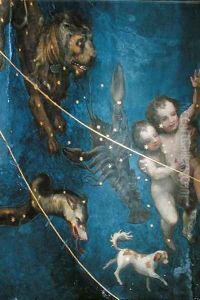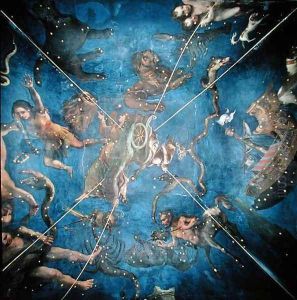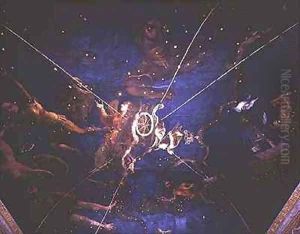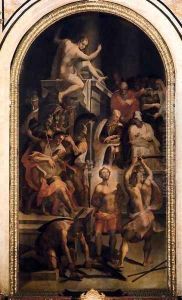Lorenzo the Younger (Mantovano) Costa Paintings
Lorenzo Costa the Younger, also known as Lorenzo Mantovano, was an Italian painter of the Renaissance period. Born in 1537 in Mantua, he was the son of Ippolito Costa and the grandson of Lorenzo Costa the Elder, who was a prominent painter in his own right, having been a court artist for the Dukes of Mantua. Although not as widely recognized as his grandfather, Lorenzo Costa the Younger made his own contributions to the art world of his time, primarily in northern Italy.
Costa the Younger received his early training in the workshop of his father and was heavily influenced by the work of his grandfather. He also may have been influenced by other artists from the Mantuan school, such as Giulio Romano, who was a pupil of Raphael and a leading figure in Mantua during the early part of Lorenzo's life. Throughout his career, Lorenzo the Younger worked on a number of commissions for churches and noble patrons in Mantua and other Italian cities, which included altarpieces, frescoes, and portraits.
His style was characterized by the use of rich colors and a focus on decorative detail, which was typical of the mannerist style that was popular during the mid-16th century. Mannerism, which emerged after the High Renaissance, was known for its artificiality and emphasis on elegance and sophistication rather than the balanced and harmonious compositions of the earlier Renaissance. Lorenzo's work often depicted religious scenes and mythological subjects, displaying his ability to create both complex narrative scenes and more intimate devotional images.
Despite his achievements, Lorenzo Costa the Younger's work was somewhat overshadowed by the legacy of his grandfather and the emerging Baroque style that would soon dominate Italian art. He died in 1583, leaving behind a modest but significant body of work that contributes to our understanding of the transition between Renaissance and Baroque art in Italy. His paintings can be found in various churches and collections, mainly in and around Mantua, where they continue to be studied and appreciated for their historical and artistic value.
